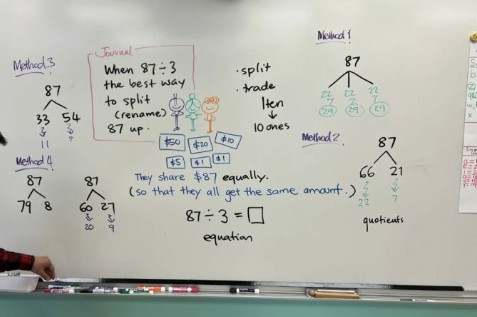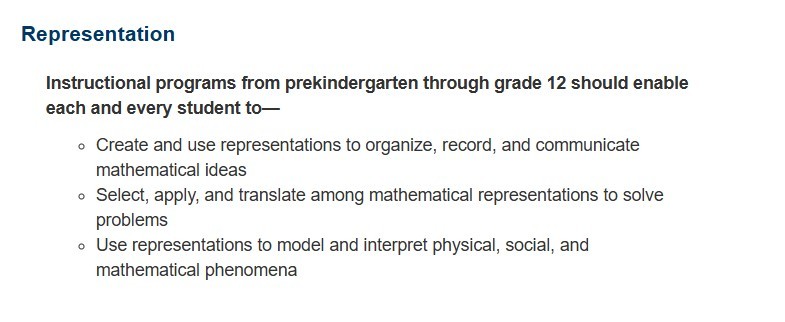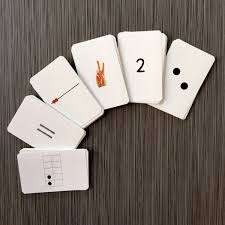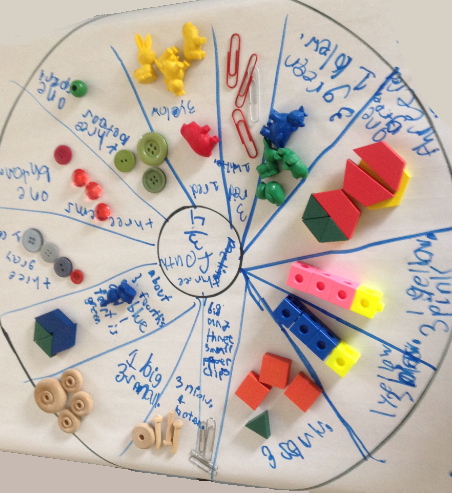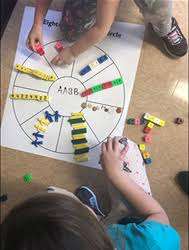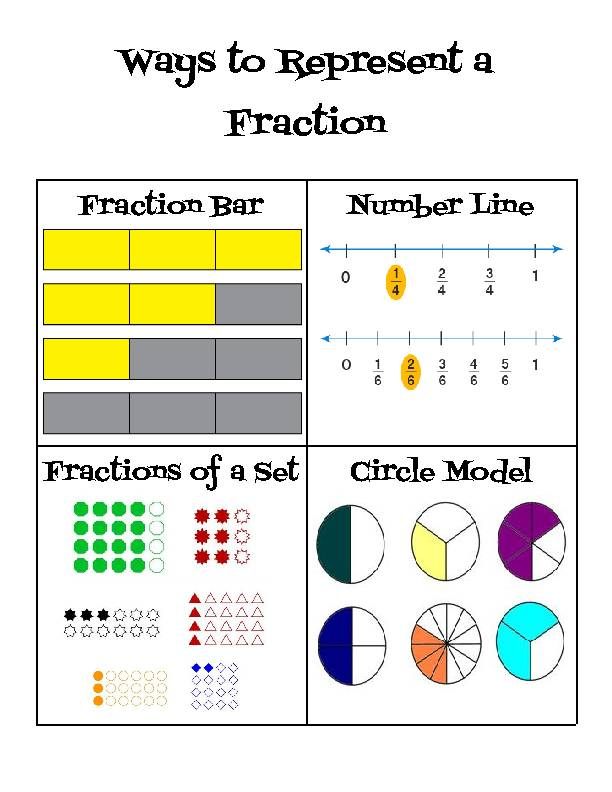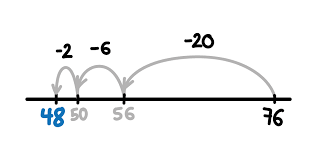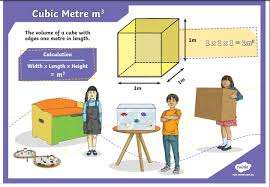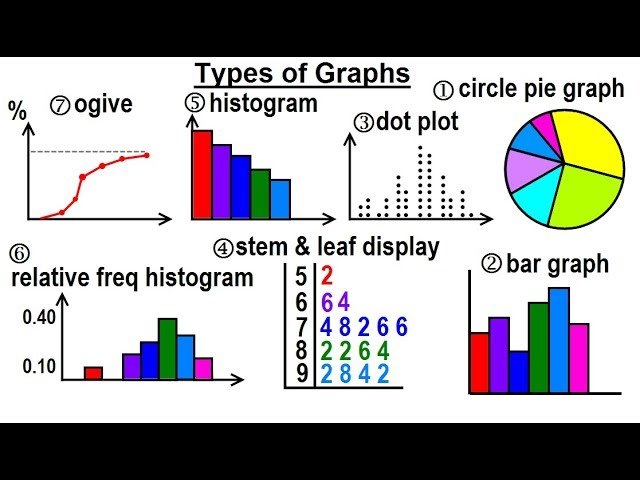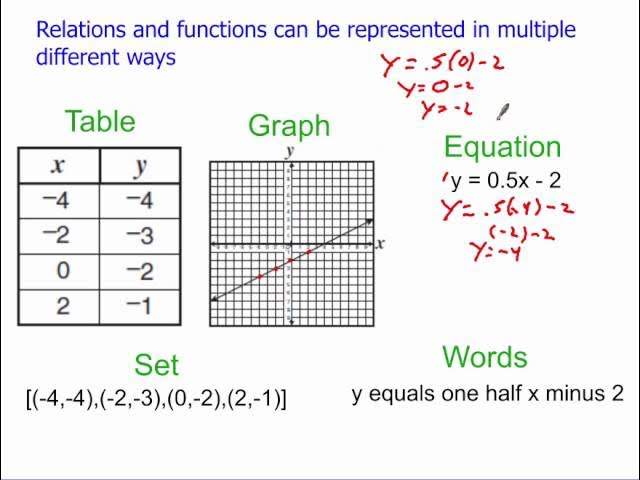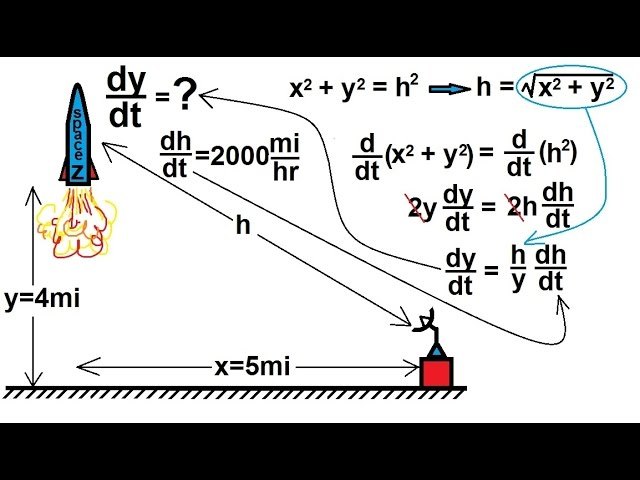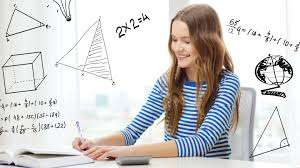A picture really is worth a thousand words!
Can you even imagine teaching math without a writing surface?? (chalk board, whiteboard, SMARTboard or Viewboard). Some early teacher education programs even included instruction on how to write and draw clearly on a chalk board.
Math is visual. Quantities and relationships are represented by numerals, symbols, models, diagrams, graphs, and many other representations. Math is a written language that is symbol-rich, and children learn to represent mathematical ideas and relationships with abstract representations. "Representation" is a concept that underpins early curricular outcomes. Representing in math is closely linked to Visualizing, one of the Mathematical Processes. The Sask Curricululum list the Mathematical Processes as: Communication, Connections, Mental Math and Estimation, Visualizing, Reasoning, and Problem Solving. The National Council of Teachers of Mathematics list Representing as a distinct Mathematical Process. Mathematical Representation, then, is linked to problem solving, as a diagram, chart, graph, etc is often necessary, to reasoning, visualizing, communicating mathematically and connecting ideas.
From NCTM-National Council of Teachers of Mathematics |
|---|
Direct/explicit instruction in math includes visual models and representation that is important in helping students gain conceptual understanding, and appeals to the visual learning modus.
In early numeracy, children learn that quantity (number) is represented with symbols (numerals) and other models.
Subitizing cards present multiple models of quantity, including numeral. | Concept circle representing three fourths (3/4) | Students use a concept circle to represent a pattern with a given core https://www.markskrpan.com/sample-concept-circle-activities/ |
|---|
Later, place value is modeled concretely and pictorially, and students learn that the location of a digit determines the value it is representing. Fractions and operations similarly are modeled concretely, then visually, and finally abstractly. Strategies and operations also have representation.
Here the number 325 is represented with base ten images to distinguish place value of digits | Good instruction includes introducing a variety of models to help students develop conceptual understanding. | Procedures are represented with mathematical models. It is important to distinguish between a strategy and a model. Here the strategy is subtracting in chunks. The model is the open number line. |
|---|
Every strand of the curriculum has appropriate representations. Consider graphs and probability symbols and models in Stats/Probability strand, pattern drawings and core symbols, cartesian plane and functions in Patterns, and 2D and 3D drawings and models in Shape and Space.
Representing Volume | Statistics and Probability | Patterns: Linear function | Reprentation as fundamental to solving |
|---|
Article: The Power of Visualization in Math; Creating visual representations for math students can open up understanding. https://www.edutopia.org/article/power-visualization-math
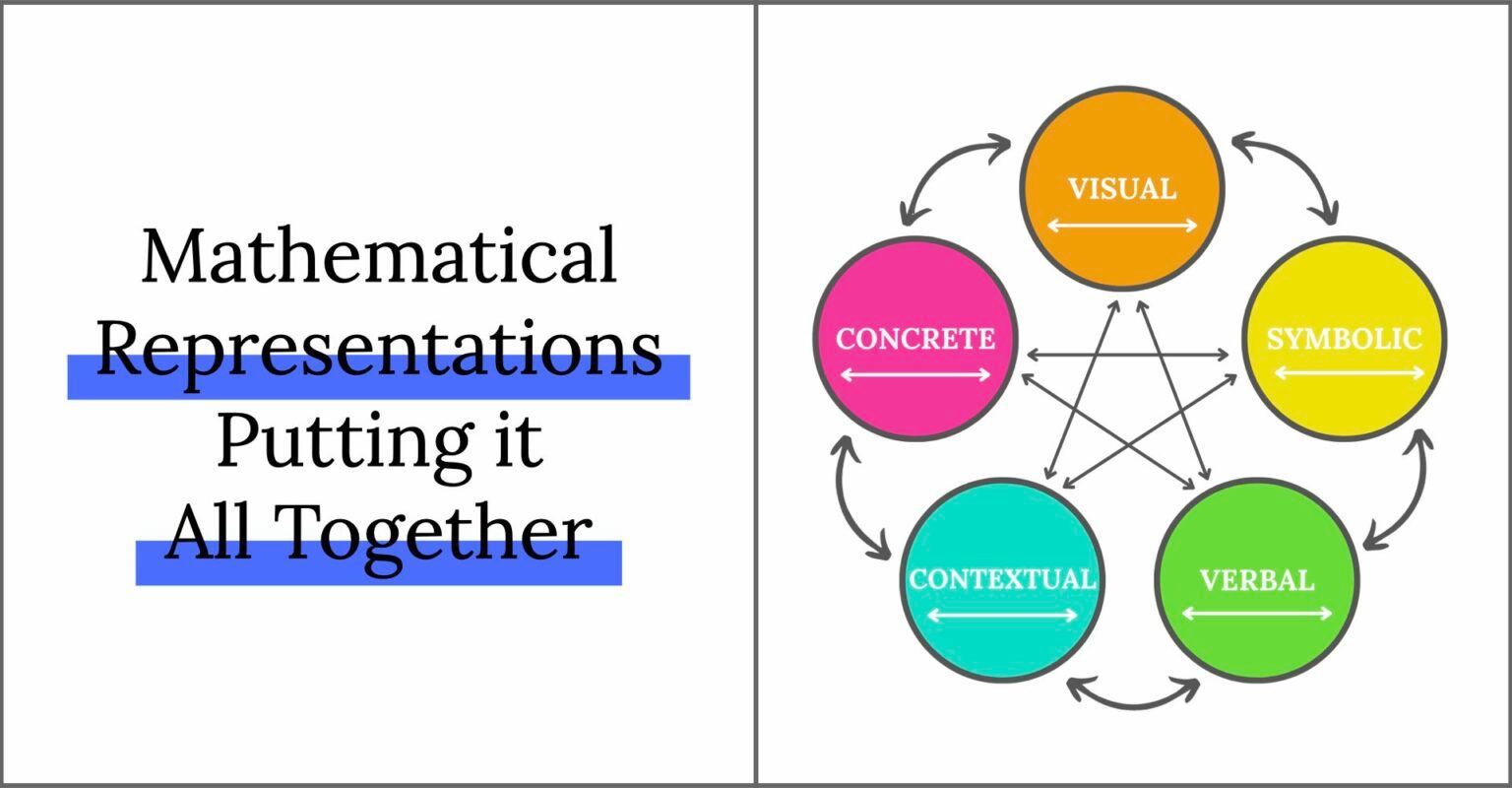
Implications for Teaching:
- Provide a vaiety of visual models as often as possible for all topics in math.
- Model "Think Alouds" accompanied by diagrams that represent reasoning.
- Hand drawn models, made during instruction, are preferred to pre-made commercial posters.
- Ensure students accompany their work with appropriate representation.



